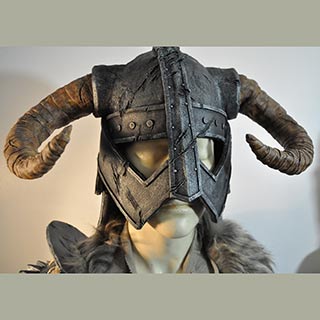WORKING WITH WORBLA
GUIDE TO CUTTING, SHAPING & ADDING STRENGTH
– Worbla is a thermoplastic sheet made from renewable natural raw materials.
– It’s become a popular material with prop makers, costumiers and cosplayers because of its ease of use.
– It is also used for making sculptures, toys, masks and jewellery.
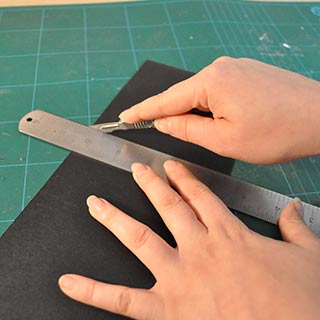
We stock both Worbla’s Finest Art (Natural Brown in colour) and Worbla’s Black Art. Worbla is a thermoplastic sheet that once heated can be shaped into a desired form.
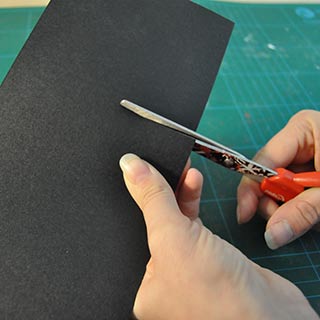
Worbla is relatively easy to cut using scissors or a scalpel. It can also be heated slightly to make it more pliable when cutting.
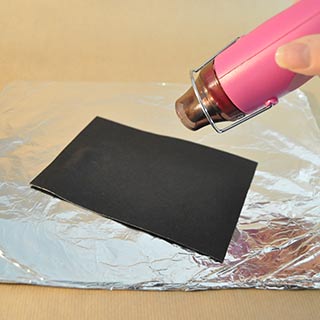
In order to shape and form Worbla you need to heat it. The most common and easiest way to do this is with a heat gun. A 1500W hot air gun is recommended. You can also use an iron or hot steam, however you will have much less control.
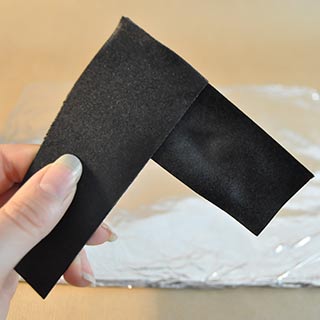
Once it has reached its working temperature of approximately 70°C to 90°C (158 °F to 194°F), it is hot enough to form and will stay workable whilst warm. After it has cooled it will stay in the formed shape but can be re-heated if needed. Hot Worbla will also stick to surfaces so it is best to work on a heat proof surface. You can also wrap a cutting mat in tin foil and work on that.
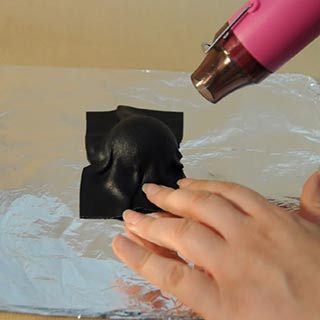
Heating Worbla activates the adhesive allowing it to stick together without the need for additional glue. Worbla’s Finest Art is much stickier than Worbla’s Black Art. Worbla can be sculpted and shaped free hand or formed over a simple object to create the shape you need.
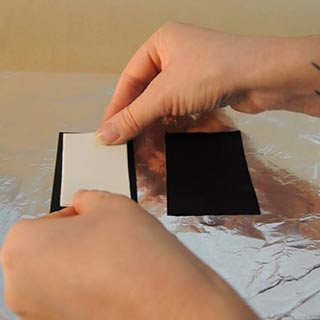
Worbla is quite thin and even though it is sturdy enough by itself for small pieces; for armour, props and weapons you will need to sandwich another material, such as Plastazote or craft foam, in between two layers of Worbla.
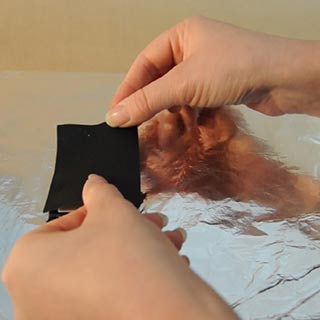
Craft foam can be added to Worbla for smaller details and will stick to it without the need of additional glue. You can also build up layers of Worbla for added strength and depth.
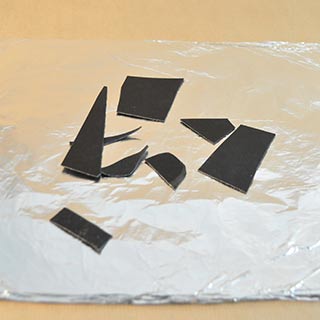
The ‘scrap’ and left over pieces of Worbla should be kept as these can be heated and then sculpted into shapes in a way similar to working with modelling clay.
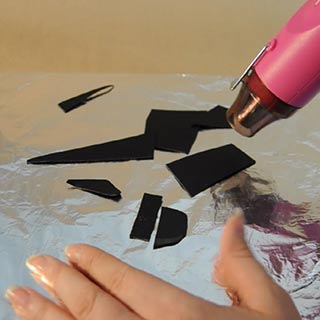
Larger scraps can also be heated and formed back into a larger sheet by using a rolling pin or iron.
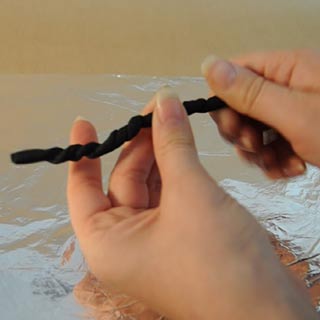
Worbla gets extremely hot and if you are sculpting it by hand you need to be careful. You can wear heat proof gloves, however this will make it slightly harder to shape the Worbla and some gloves may leave a residue on the Worbla. You can also try dipping your fingers in cool water before handling the hot Worbla.
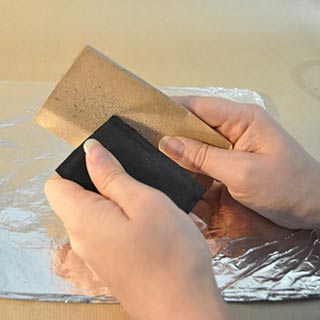
Worbla can be sanded using sandpaper,
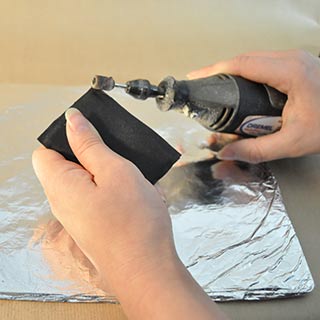
sanding blocks or a rotary tool.
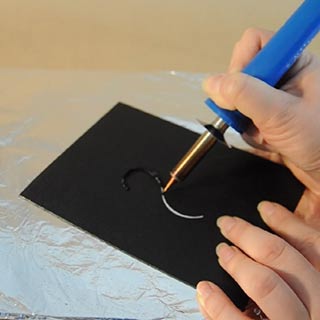
Engraved details (and ‘damage’) can be achieved by using a rotary or pyrography tool.
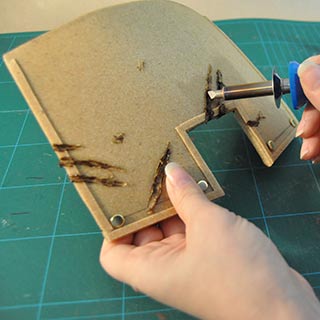
Adding damage to prop weapons and armour can add realism and ‘history’ to your project.
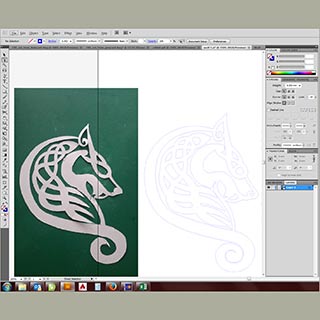
The level of detail involved often turns a good prop/armour piece into an exceptional one, adding realism and depth. Worbla can also be laser cut. We offer a laser cutting service and can cut both Worbla’s Finest Art and Worbla’s Black Art.
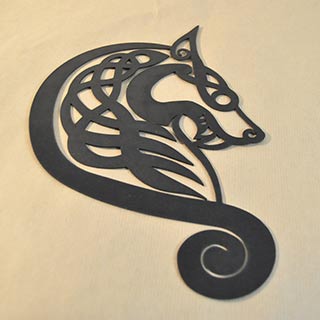
This design is laser cut from Worbla’s Black Art and then stuck onto a hand axe blade for adding detail to a fantasy weapon.
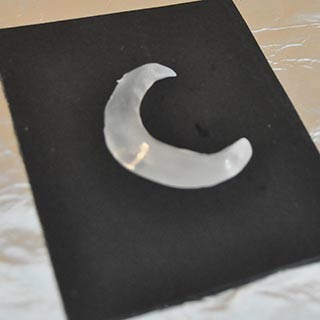
You can also use Polymorph or Formesta granules to sculpt additional details onto the Worbla. As they are both heat activated products, the two form together well. The plastic granules will adhere better to Worbla’s Finest Art and may require extra work to allow the two products to stick together. The surface or raw Worbla is quite rough. This can be beneficial to a prop or a costume piece that requires this aesthetic, however usually Worbla will need to be smoothed and primed. Worbla’s black art has a smoother natural finish and doesn’t need as much sanding or priming.
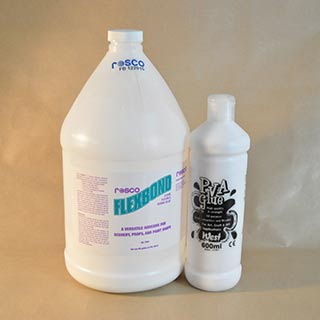
There are various methods for smoothing Worbla. The most commonly used products are PVA, wood glue and Flexbond. You could also use Gesso, fibreglass resin, XTC-3D and spray primers and lacquers.
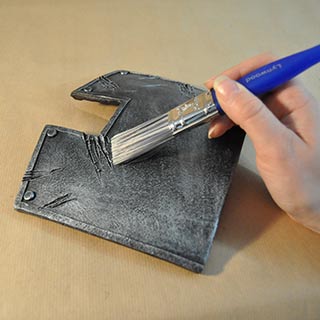
Worbla can be painted using a brush, sponge, airbrush or spray paints. It is best to start with a darker base than your intended final colour; as this will create the look of shadows and depth. Build up the layers of paint slowly adding highlight and shadow where needed.
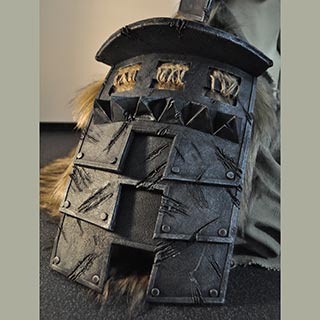
Look at reference material to help you with this. Adding dried blood or dirt (depending on the character or prop) can also add detail and back story to your piece.
If you make anything from our Worbla we would love to see the results - please send to web@modelshop.co.uk
Images courtesy of @faerynthorn
FURTHER INFORMATION
4D Guide - Worbla (3Mb PDF)


